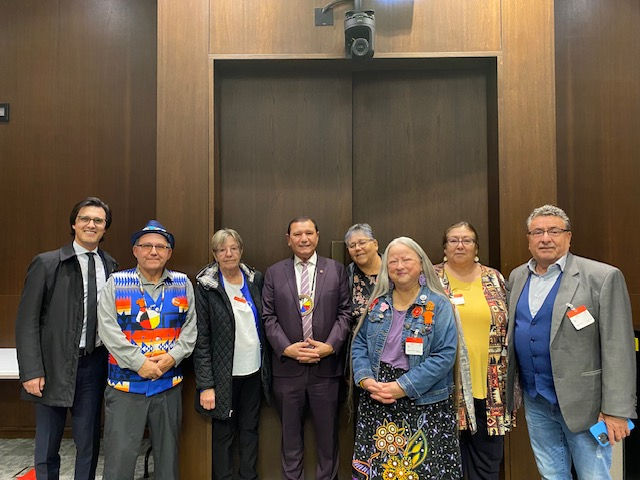Indian Act Section 110 & 112:
- Michel Callihoo Nation Society

- Apr 18, 2024
- 1 min read
Updated: Dec 3
Both Section 110 and 112 were sections of the Indian Act which have been removed.
Section 110 of the Indian Act ensured that any Indigenous Person who took enfranchisement was forced to sell their Land. If the Person didn't sell or gift their Land to another member of the Band after 30 days had past post-enfranchisement, then the Land would be sold to the highest bidder. If unsold for six months, the Land would revert to Band ownership.
The section also enabled the Governor in Council to declare that Land was no longer Indian Reserve Land when an order of enfranchisement was issued.
Section 112 became known as the "compulsory enfranchisement" section and was removed in 1961. The section was a violent tool of assimilation in that it removed Indian Status from Indigenous Peoples if they graduated from a university, married a non-Status person (if they were a woman) or became a Christian minister, doctor or lawyer.
Click the link below to read more about Section 110 and Section 112 – which, although removed, effected Indigenous communities for decades.
Links:




Comments